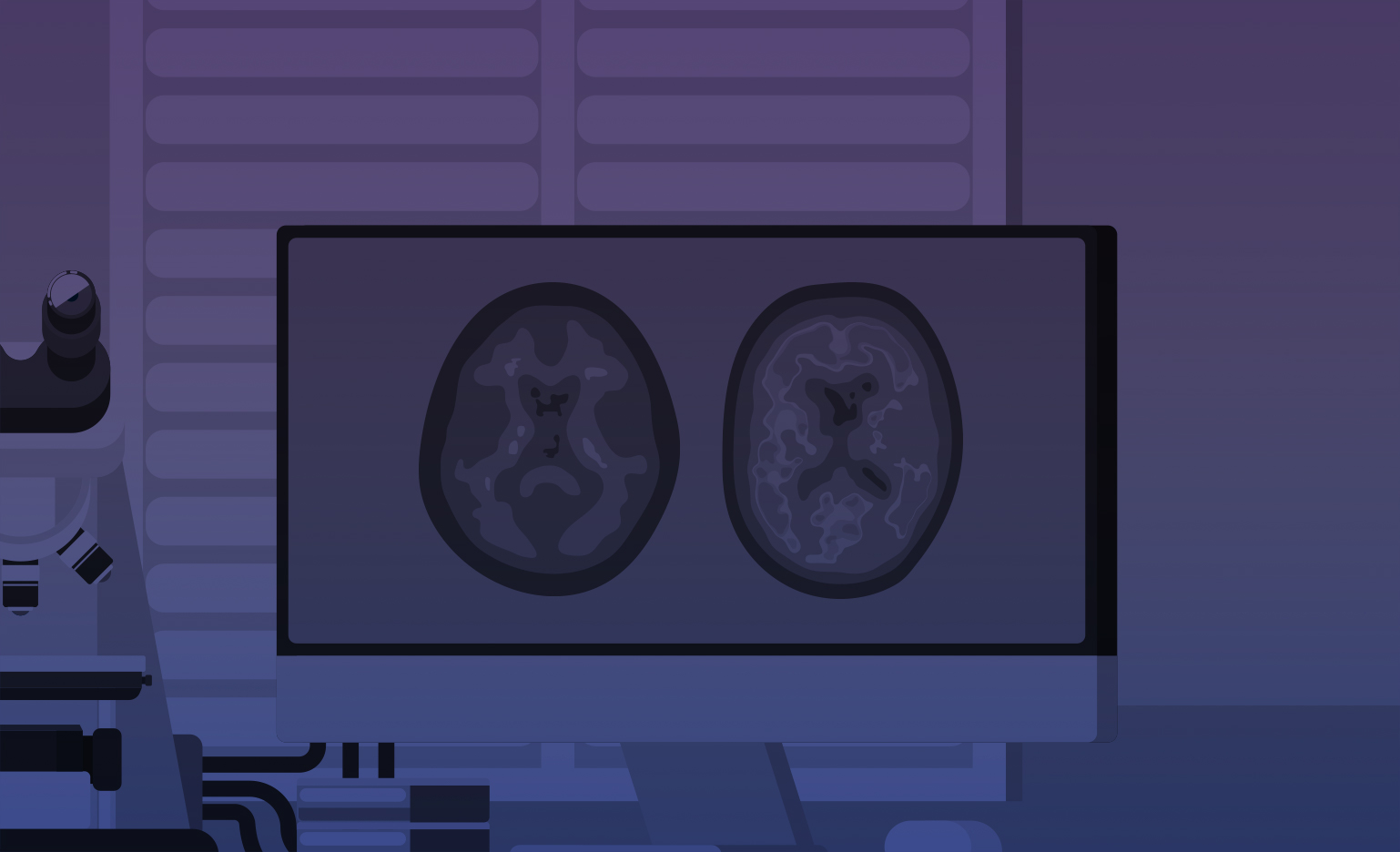The Ohio State University
The Ohio State University
Development of small molecule activators of glutamate transporter EAAT2 translation for AD (Year Three- bridge funding)
The glial glutamate transporter EAAT2 is responsible for maintaining low extracellular glutamate concentrations and preventing excess glutamate-induced toxicity. Loss of EAAT2 protein and function is commonly found in Alzheimer's disease (AD) patients and is an early event in the disease pathology. Impaired clearance of glutamate in the extra-cellular space raises glutamate levels around synapses of the neurons. Studies indicate that when neurons are activated by high glutamate concentrations for a long period of time they can increase amyloid β production. Our laboratories previously executed high-throughput screening to search for compounds that increase EAAT2 expression via translational activation. This screen and subsequent studies resulted in three lead compound series. We recently evaluated a compound from one of series in APPSw/Ind mice and found that this compound could restore memory and learning, restore synaptic integrity and reduce amyloid plaque after short-term treatment. This compound series warrant further investigation as potential therapeutics for AD. The goals of this study are to further develop this lead series to obtain potential clinical candidates and to understand the underlying mechanisms of compound action.

